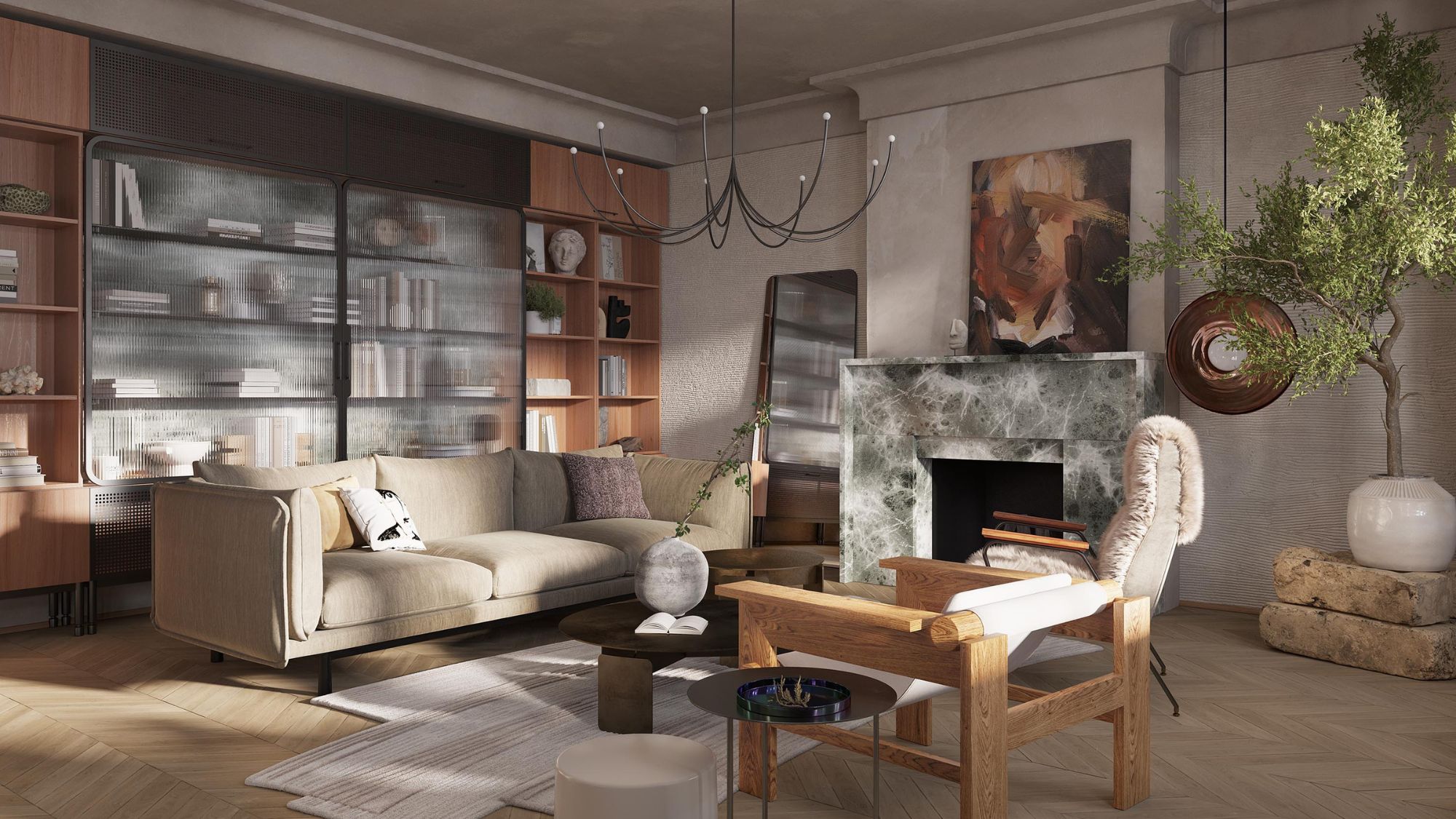
When it comes to interiors, color can be used as a tool, setting a space and its purpose. And it can be a very powerful thing, too, evoking certain emotions and memories, and even raising or lowering stress levels depending on the specific shade.
It can be a highly personal experience, as well. While one person my find the color green to be calming and homely, another may associate it with memories of a stressful environment, conjuring up negative feelings. So, it begs the question: are there certain paint color ideas you should avoid? Ones that tend to make you feel stressed, or even angry?
We spoke to color experts to curate the list below of colors that are more likely to incur stress when used in particular rooms. That's not to say you can't use them at all, though, and we've detailed how and where is best to use them.
So, what colors cause stress?
Dr. Michelle Dees, a certified psychiatrist, explains that while warm, mild hues can help promote relaxation, a sense of peace, and make you feel more comfortable, "In contrast, bold and vibrant colors can be exciting or jarring for our senses. Understanding the psychology of color enables us to design spaces that are conducive to the state of mind we would like to be in."
Away from nostalgia, traditionally, the colors that make you feel stressed are ones that are overly saturated, and of course there are endless shades to each. But, bearing this in mind, to create the best space, there are certain colors that may need avoiding all together.
Here are five colors to approach with caution, along with detailed advice on where they might be suitable or best avoided.
1. Red
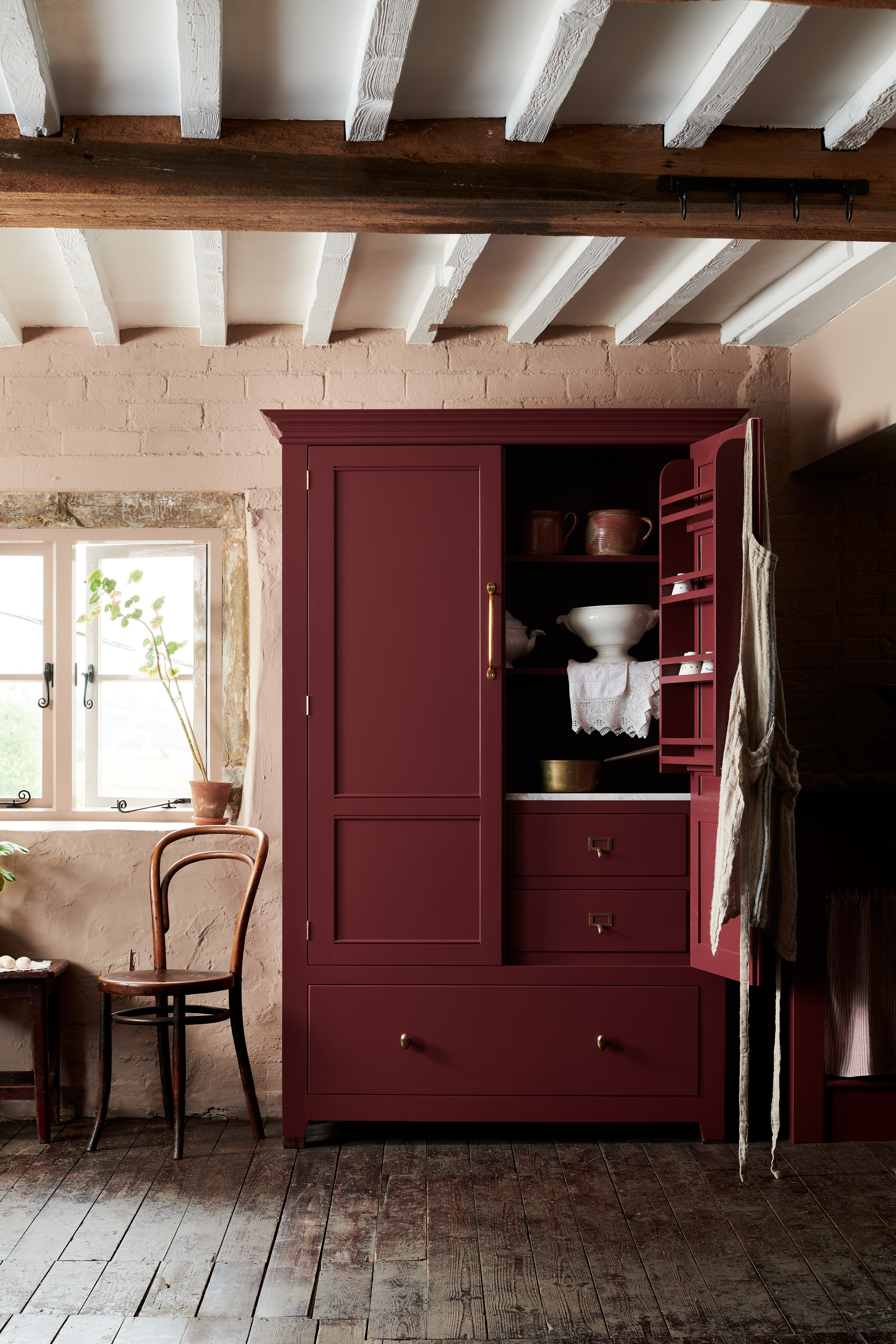
During the research for this article, the most frequently mentioned color was undoubtedly red. This is because it’s linked to increasing your heart rate, overstimulation, and evoking feelings of anxiety and aggression, according to color psychology in interior design. We touch on this again later, but for now it’s best to avoid red in rooms you see as restful spaces, such as bedrooms and living spaces.
But that's no to say you shouldn't use it at all. (Just look at the 'unexpected red theory'.) Instead, introducing it to food-related spaces can work wonders. "Dining rooms and restaurants are good options where its appetite-stimulating qualities are beneficial, or as a pop of color to evoke energy in otherwise subdued spaces," says color and interior design consultant, Mary Nolte.
"But avoid red in bedrooms, children’s playrooms, or study areas, as its stimulating nature can overwhelm and prevent rest or focus," she confirms. To soften the use of this color, consider opting for a burgundy.
2. Bright Yellow
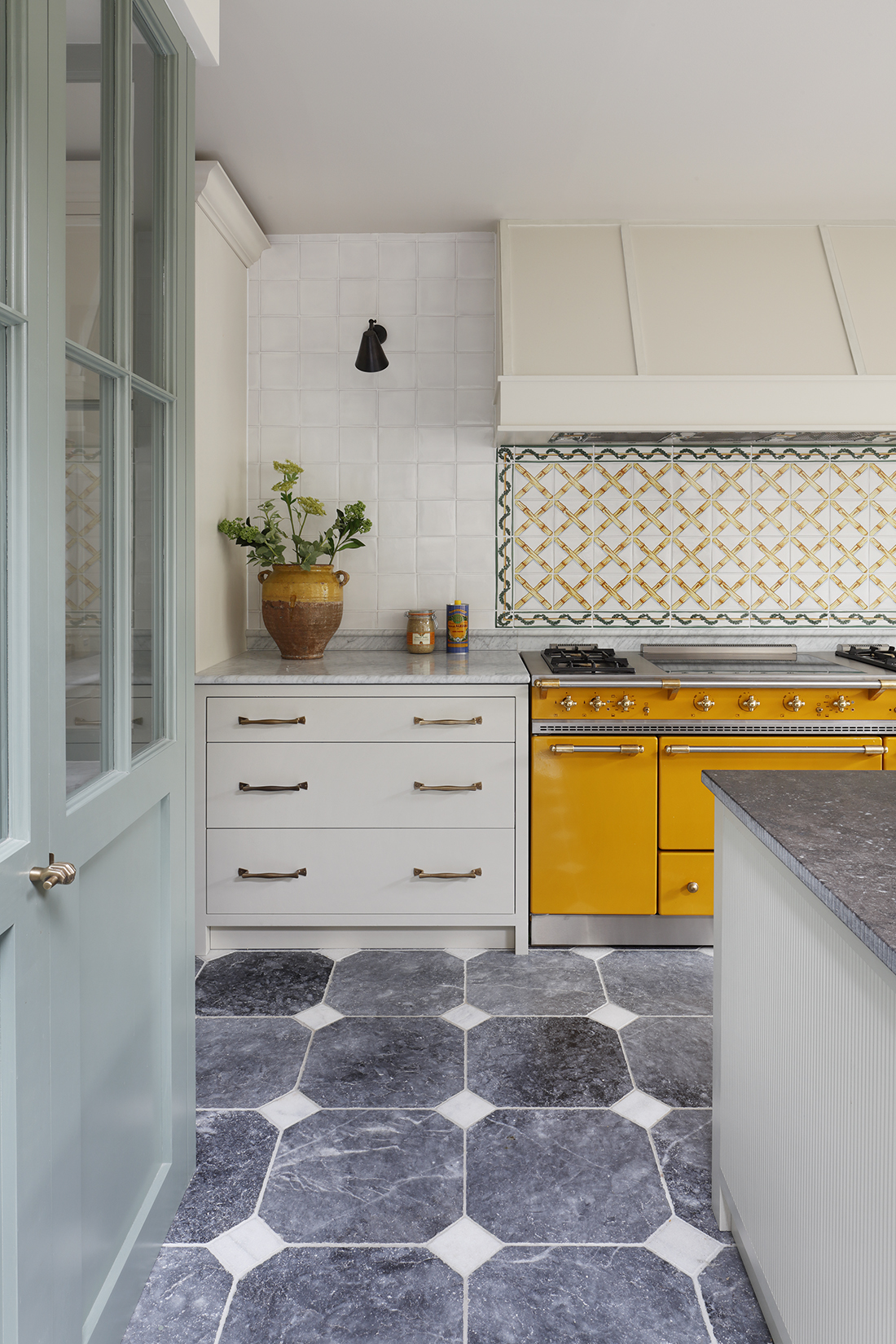
Bright yellow is linked to both cheerfulness, as well as feelings of frustration and irritability. Instead of overwhelming the space, interior designer Suzie Novak, founder of US-based Susie Novak Interiors, suggests we let bright yellow shine as an accent, such as a playful kitchen backsplash.
"If you do decide to include it within a bedroom, I would go with a yellow that skews more gold or rich mustard," she says. "Yellow can be great for cabinets if it has a yummy, buttery hue to it."
If balanced with neutrals, yellow may exude a joyful ambiance, it’s just best to keep it to small amounts and avoid use in spaces meant for prolonged relaxation.
3. Bright White
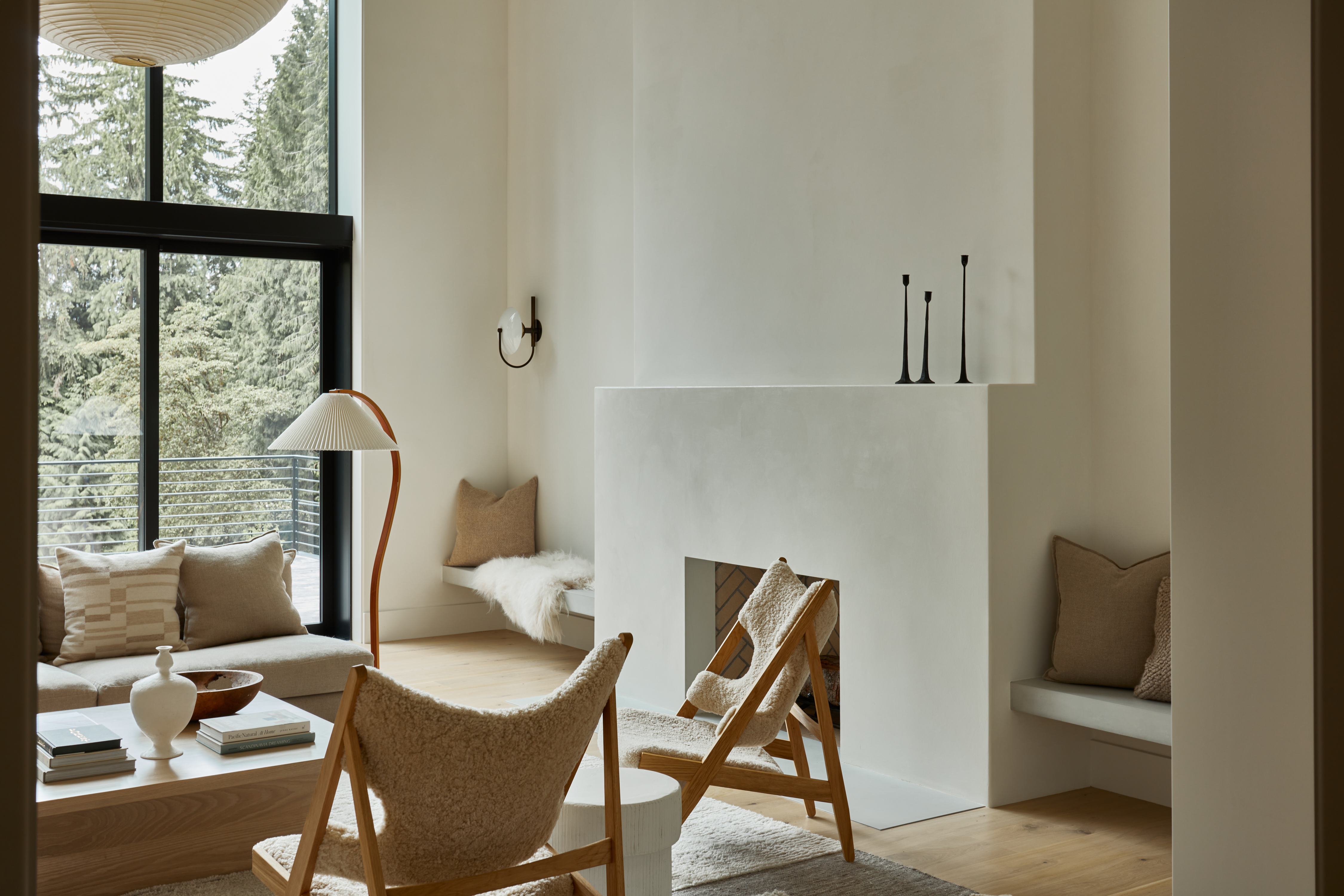
A bright white can be cold, clinical, and uninviting, and there’s no place for these feelings at home. Feng Shui expert and co-founder of the Mindful Design Feng Shui School, Laura Morris explains, "In Feng Shui an ultra white is pure yang, which is high energy and not very relaxing."
So when using crisp whites it is important to balance them with deeper tones and features. "Always consider the lighting of a room when working with bright white as a base color," she adds. "When using a cool white for example, in a living room, the energy should be balanced by sunlight or warm, layered accent lighting." Never underestimate the power of warm light, it changes everything.
To keep a space light and bright when choosing the best white paint for interior walls, perhaps try an off-white — the difference may seem subtle, but it will instantly improve the comfort you feel in the space.
Dr. Mary Poffenroth, a neuro-hacking biopsychologist reveals that studies show stark, all-white rooms trigger cognitive associations with clinical or sterile settings like hospitals. "This mental link has been shown to cause a rise in cortisol levels, similar to how the body perceives and responds to stressful situations," she explains. "So, while it’s useful for hygiene in bathrooms, dominating a home living space with pure white is not generally conducive to relaxation."
4. Neons
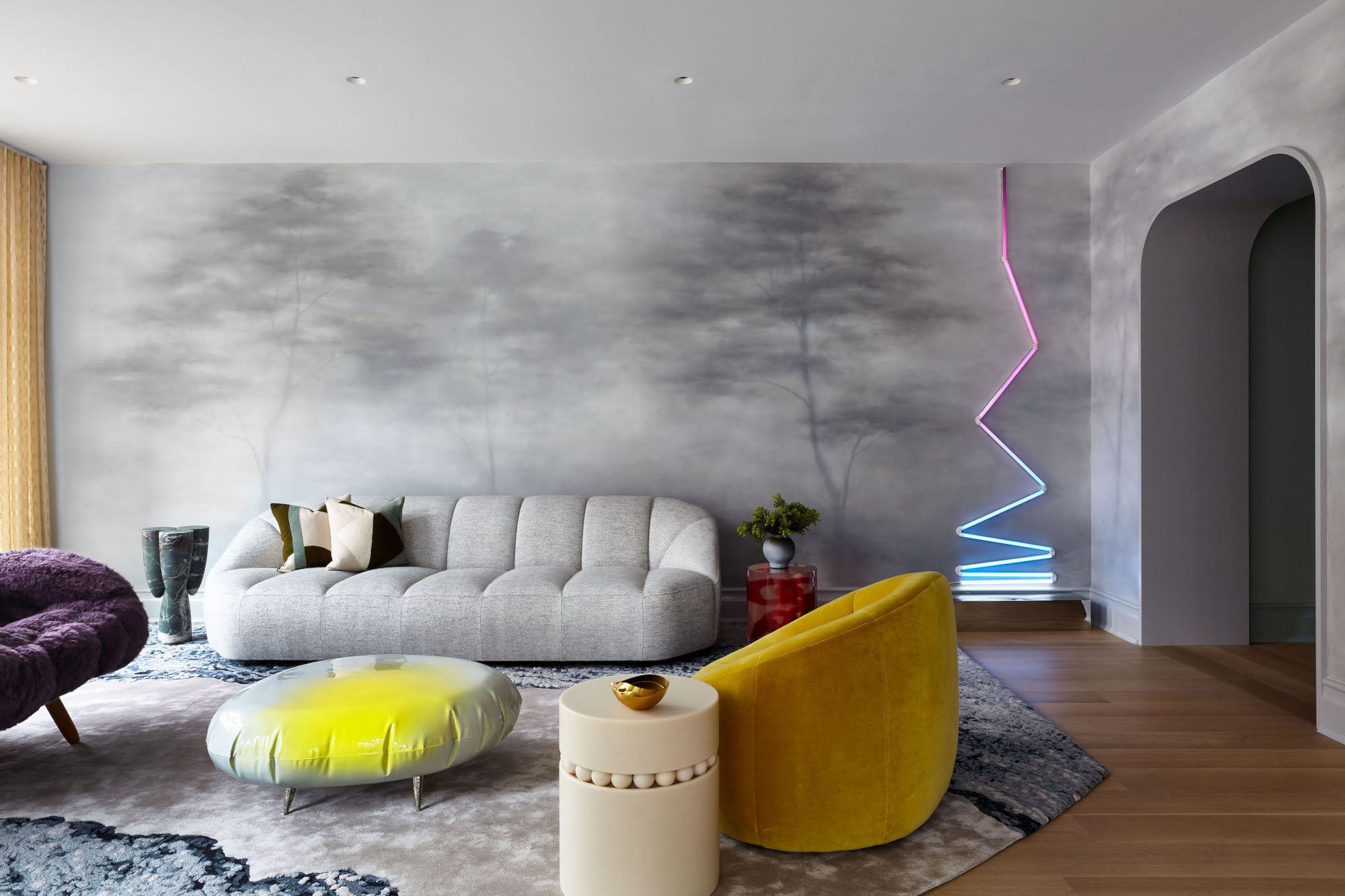
Neon colors may not be the first thing you consider incorporating into your home design, yet some people do crave a bit of vibrancy, and may consider it.
Before doing so, Dr. Mary Poffenroth stresses that it's important to note that neon shades overstimulate the visual sensory processing areas of the brain. "This activation leads to increased arousal of the sympathetic nervous system and a subsequent boost in stress hormones," she adds. "While short-term exposure may not be problematic, living or working in an environment dominated by neon hues long-term could dysregulate the body's stress response. These colors are better applied sparingly or avoided for spaces meant for relaxation and calmness such as bedrooms."
Mary Nolte suggests using neon colors in activity spaces designed for creativity or social interaction, where bold colors can inspire conversation and energy. You may find it tricky to sleep with a garish neon used as a bedroom color, so it’s best to stick to a tranquil, muted palette in these quieter areas.
5. Pure Black

It may be chic, elegant, and stylish, but pure black can feel oppressive and even induce feelings of sadness when overused. Dr. Michelle Dees recommends avoiding too much black in living rooms, or areas with little or no natural light.
"The presence of this color can make the surrounding environment feel oppressive, melancholic, and dull," she says.
"When used correctly, black is an excellent color to define and add punctuation to a space," adds Laura. "Painting a door or using hardware and other furnishing accents in black can add drama." So it may be good for a well-thought-out punchy design idea, but the experts don’t recommend color drenching in black by any means.
Can red cause anxiety?
The short answer is yes.
Red is closely associated with arousal and energy, which can increase tension or even trigger anxiety responses. "Red’s high visibility and association with warnings or caution (think stop signs) may also play into our psychological response, making it a color best used with intention and balance," says Mary Nolte.
As mentioned earlier, red induces anxiety through its effects on the autonomic nervous system. "Activating the sympathetic “fight or flight” response, it causes measurable physical reactions like increased heart rate, blood pressure, respiration, and muscle tension," says Dr. Mary Poffenroth. "Individuals with anxiety disorders may be more susceptible to experiencing these physiological stress responses as threatening sensations. In such cases, living or working long-term in an environment heavily dominated by red could potentially exacerbate symptoms of anxiety through constant autonomic arousing effects, though more research is still needed."
Minimizing or avoiding decorating with red in therapeutic spaces designed for relaxation and calm is generally advised. "Remember that a little red goes a long way," says Laura. It’s powerful presence is enough in small doses to create impact.







